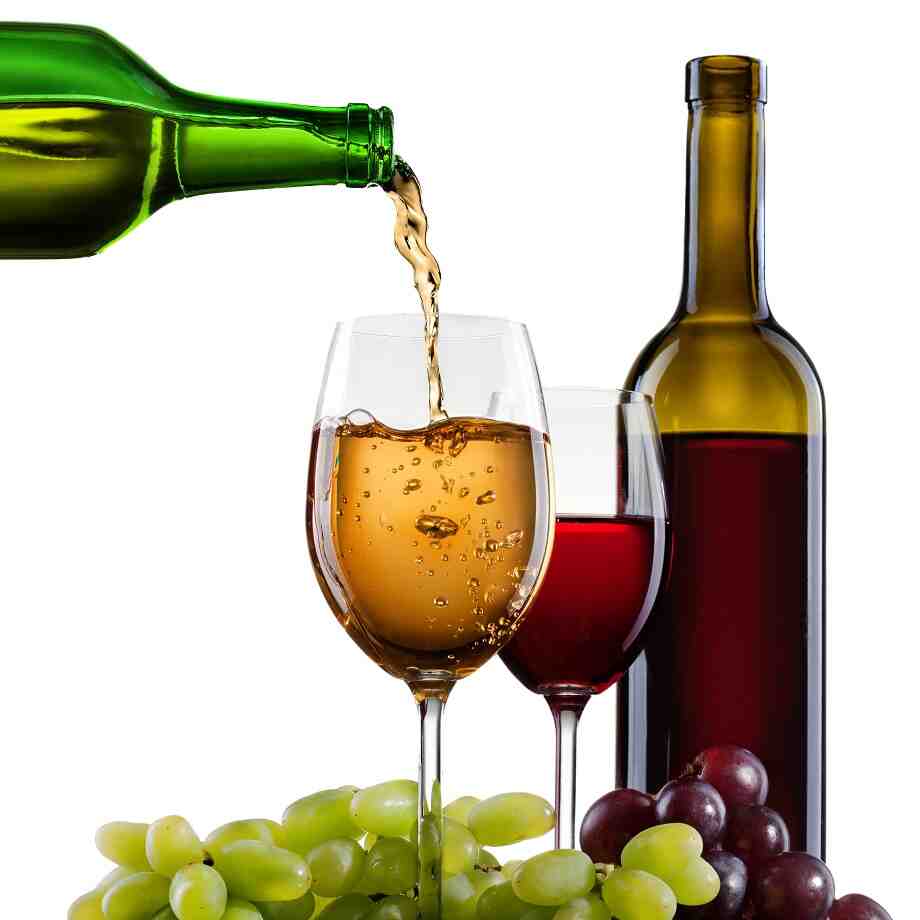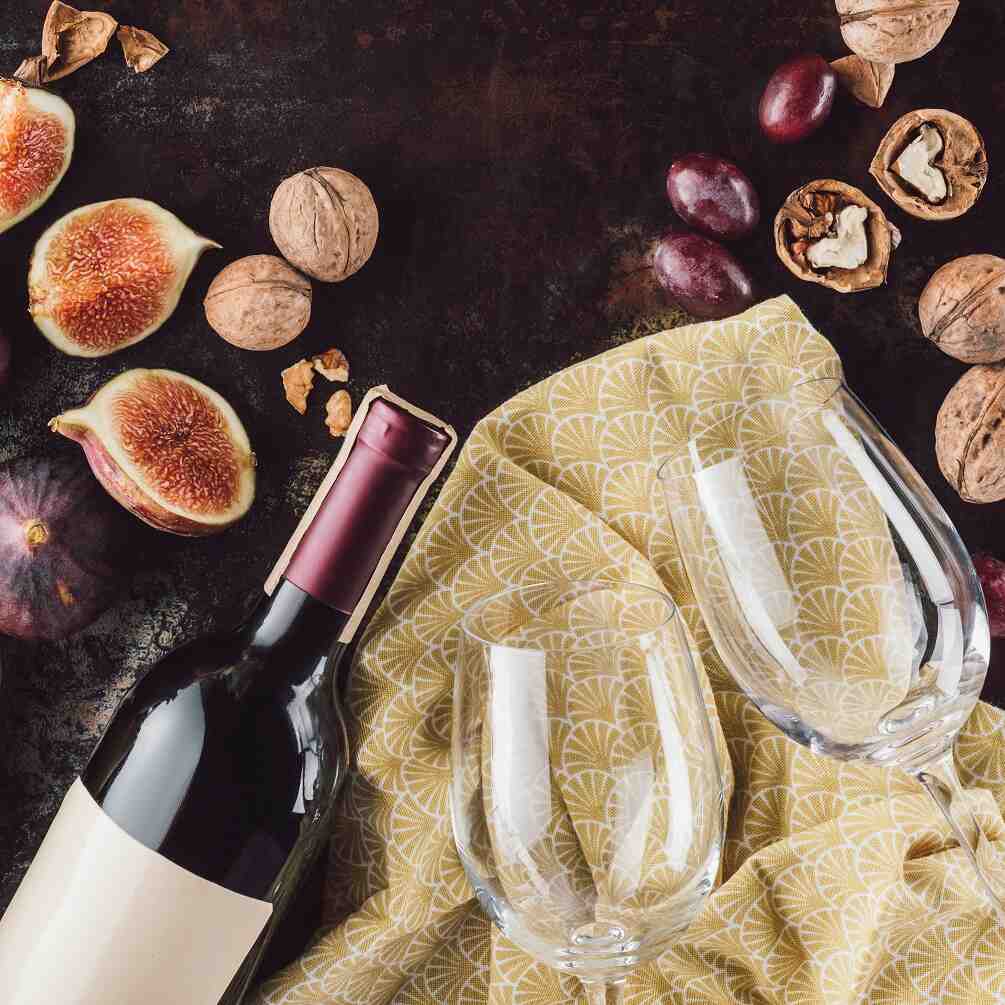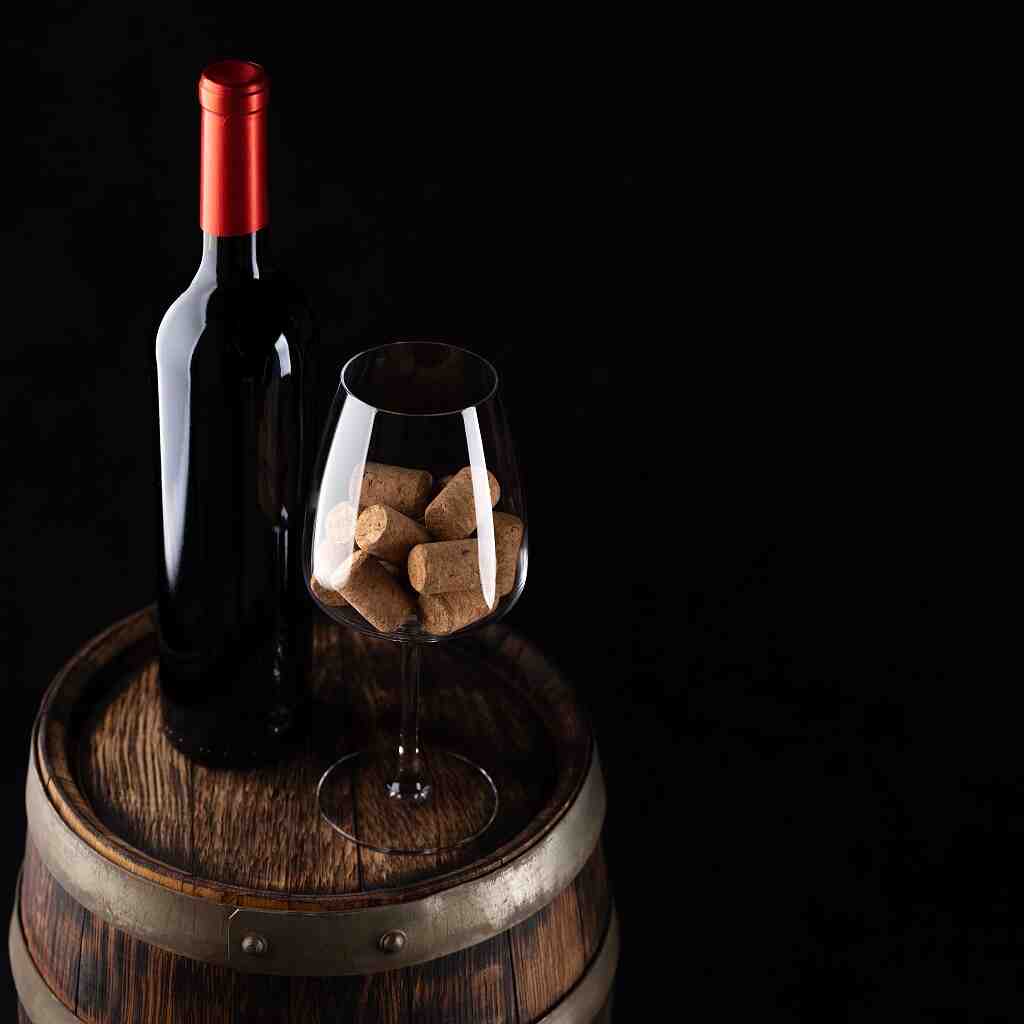How Climate Affects the Taste of Wine
The climate in which grapes are grown plays a critical role in shaping the final taste of wine. Wine is a reflection of its environment, and the interplay between the temperature, rainfall, sunlight, and other climatic factors determines the overall character and quality of the grapevines and, consequently, the wine itself. Whether it’s the heat of California, the coolness of Burgundy, or the unique conditions of New Zealand, different climates bring out distinct characteristics in wine. In this article, we’ll explore how climate affects the taste of wine and why it matters so much to winemakers and wine lovers alike.
The Basics: Climate and Terroir
Before diving into the specific impacts of climate, it’s essential to understand the concept of terroir. Terroir is a French term that encapsulates the unique combination of soil, climate, topography, and other environmental factors that influence the growth of grapevines and, ultimately, the wine produced. Climate is one of the most important components of terroir because it directly impacts the ripening of grapes and the balance of sugars, acids, and flavors within the fruit.
The main climatic zones for wine production are typically divided into three categories: cool climate, moderate climate, and warm climate. Each of these climates has distinct characteristics that influence the style and taste of wine in different ways.
1. Cool Climate: Crisp Acidity and Elegance
Regions with a cool climate experience lower average temperatures, shorter growing seasons, and longer maturation periods for grapes. Cool climate regions tend to be located at higher latitudes or higher altitudes, where the temperature is cooler, such as in Burgundy, Northern Italy, or the Pacific Northwest.
Key Features of Cool Climate Wines:
- Higher Acidity: Grapes in cooler climates ripen more slowly, retaining their natural acidity. This high acidity gives the wine a crisp, fresh quality that often results in a more vibrant and zesty taste. White wines like Sauvignon Blanc, Riesling, and Chardonnay, as well as red wines like Pinot Noir, thrive in these conditions.
- Lighter Body: Due to the slower ripening process, the fruit often has a lower sugar content, resulting in wines with lower alcohol levels and a lighter body. The flavor profile tends to be more delicate, with fresh, floral, and citrus notes.
- Pronounced Aromas: The slower ripening also allows the grapes to develop a complex and aromatic profile. For example, a cool-climate Chardonnay from Burgundy may display crisp apple and lemon zest aromas, while a Pinot Noir from Oregon’s Willamette Valley may be marked by earthy, floral, and red berry notes.
- Longer Maturation: The cool climate allows for a longer growing season, which can help develop more nuanced flavors in the wine. This is why some of the world’s best wines, such as those from Burgundy or the Champagne region, are produced in cooler climates, as the extended maturation period allows for a balance of flavor complexity and structure.
2. Moderate Climate: Balance and Versatility
Moderate climate regions, often referred to as “temperate” zones, feature a mix of warm and cool conditions, with moderate seasonal variation. These areas typically have warm summers and mild winters, offering an ideal environment for grapevines to ripen evenly. Classic examples of moderate climate regions include Bordeaux, parts of California, and parts of Australia.
Key Features of Moderate Climate Wines:
- Balanced Acidity and Sugar: In moderate climates, grapes ripen fully while maintaining a balanced level of acidity. The wines from these regions often achieve a harmonious equilibrium between sugar and acid, resulting in wines that are neither too light nor too heavy. Reds like Cabernet Sauvignon and Merlot, as well as whites like Chardonnay and Sauvignon Blanc, excel in these climates.
- Fuller Body and Rich Flavors: Moderate climates offer a more consistent ripening season, which allows grapes to develop more complex sugars and rich flavors. For example, a Bordeaux red blend from a moderate climate will have well-developed dark fruit flavors, such as blackberry and plum, along with firm tannins and a medium to full body. Similarly, a Chardonnay from California might exhibit ripe citrus, apple, and even tropical fruit flavors, along with a smooth mouthfeel.
- Aromatic Complexity: Moderate climates allow for the development of both fruit-forward and nuanced, savory characteristics. This balance makes wines from temperate regions versatile and approachable. The wide range of grapes grown in moderate climates allows winemakers to craft wines with varied styles, from rich, oak-aged reds to fresh, crisp whites.
- Less Risk of Over-Ripeness: The controlled warmth in moderate climates ensures that grapes ripen at a steady pace without the risk of over-ripening, which can result in overly sugary, jammy wines. As a result, wines from moderate climates tend to be more refined and well-rounded, making them highly sought after for their versatility and ageability.
3. Warm Climate: Bold Flavors and Intensity
Warm climates are characterized by high temperatures, long, hot summers, and mild winters. These regions often have longer growing seasons and may have less rainfall, which can put stress on the vines, leading to more concentrated flavors. Popular warm climate regions include Napa Valley, Southern Spain, Australia, and parts of Argentina.
Key Features of Warm Climate Wines:
- Richer, Fruit-Forward Flavors: Grapes in warm climates ripen more quickly and accumulate more sugars, which leads to higher alcohol content in the resulting wine. Wines from warm climates often have a fuller body and intense fruit flavors, such as ripe blackberry, plum, and cherry in red wines, and tropical fruit, such as pineapple and mango, in whites. Bold red wines like Shiraz, Zinfandel, and Malbec thrive in these regions.
- Lower Acidity: The higher temperatures in warm climates can lead to a reduction in acidity, making wines smoother but also less crisp and refreshing. The lower acidity can also result in a rounder mouthfeel, with a more velvety texture. While this can work well for wines that need to be rich and intense, it can also lead to wines that feel flabby or overly ripe if not managed carefully.
- Fuller Body and Higher Alcohol: Warm-climate wines tend to have higher alcohol content, often exceeding 14%. The increased sugar levels in the grapes are fermented into alcohol, resulting in wines with a fuller, bolder body and a more substantial presence on the palate. A Napa Valley Cabernet Sauvignon, for example, will be rich, full-bodied, and boast dark fruit flavors with high alcohol content.
- Potential for Over-Ripeness: While warm climates can produce rich and powerful wines, there is a risk of over-ripening. If the grapes stay on the vine too long under intense heat, they can lose their acidity and take on a jammy or overly sweet character. This is why winemakers in hot climates carefully monitor ripening to ensure that the balance of fruit and acidity remains intact.
The Role of Climate Change in Wine
Climate change is having a profound impact on the wine industry, with changing temperatures and weather patterns influencing the growing seasons in vineyards around the world. Warmer temperatures are shifting traditional growing regions and changing the balance between acidity, sugar, and ripeness in wine. Some regions are experiencing more extreme weather conditions, including heatwaves, droughts, and unpredictable rainfall, which can challenge winemakers to adapt and respond to new environmental realities.
In response to these shifts, some winemakers are experimenting with new techniques and vineyard practices, such as altering harvest times, changing grape varieties, and exploring higher-altitude vineyard sites that offer cooler temperatures. As the wine industry faces these challenges, understanding the nuances of climate and its impact on flavor will become even more important for producing wines that express both the terroir and the climate in which they are grown.
Conclusion
Climate plays an indispensable role in shaping the taste and style of wine. The temperature, sunlight, rainfall, and seasonal patterns in a particular region dictate how grapes ripen and how their flavors develop. Whether it’s the crisp, bright acidity of cool-climate wines, the balanced richness of moderate climates, or the bold intensity of warm-climate wines, the climate has a profound influence on what ends up in the bottle. As wine lovers, understanding how climate impacts the taste of wine allows us to appreciate the diversity of flavors that different wine regions offer and helps us choose the perfect bottle for any occasion.










